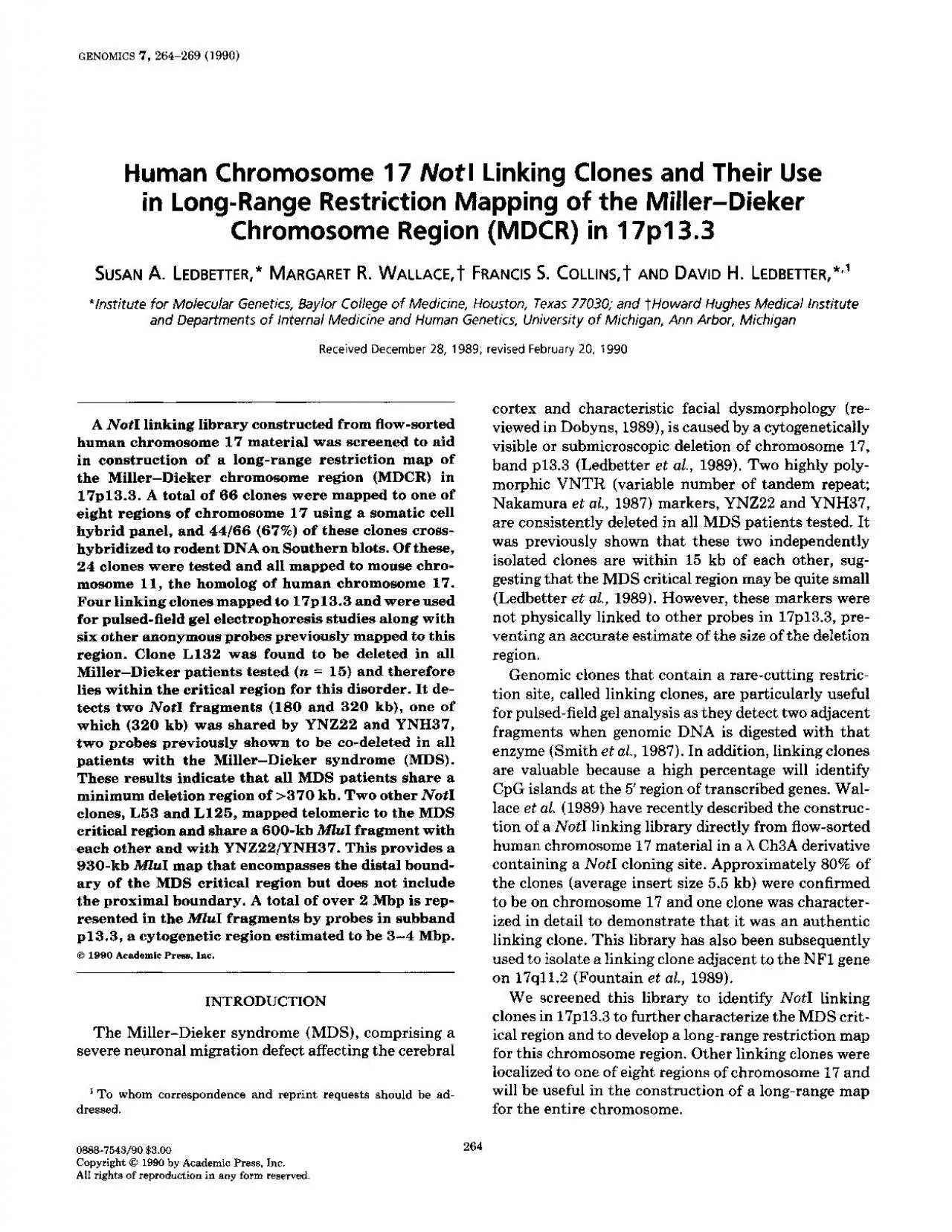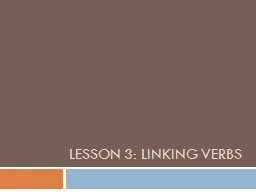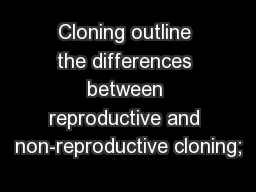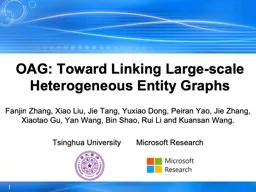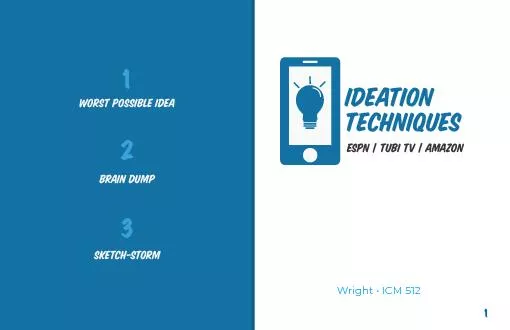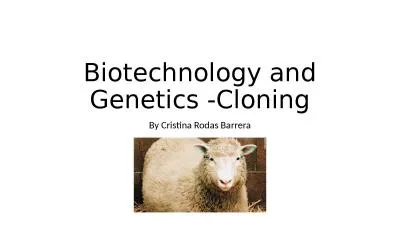PDF-Human Chromosome 17 NotI Linking Clones and Their Use in LongRange Re
Author : payton | Published Date : 2021-08-22
GENOMICS 7 264269 1990 SUSAN A LEDBETTER MARGARET R WALLAcEt FRANCIS S CoLmst AND DAVID H LEDBETTER institute for Molecular Genetics Baylor College of Medicine Houston
Presentation Embed Code
Download Presentation
Download Presentation The PPT/PDF document "Human Chromosome 17 NotI Linking Clones ..." is the property of its rightful owner. Permission is granted to download and print the materials on this website for personal, non-commercial use only, and to display it on your personal computer provided you do not modify the materials and that you retain all copyright notices contained in the materials. By downloading content from our website, you accept the terms of this agreement.
Human Chromosome 17 NotI Linking Clones and Their Use in LongRange Re: Transcript
Download Rules Of Document
"Human Chromosome 17 NotI Linking Clones and Their Use in LongRange Re"The content belongs to its owner. You may download and print it for personal use, without modification, and keep all copyright notices. By downloading, you agree to these terms.
Related Documents

